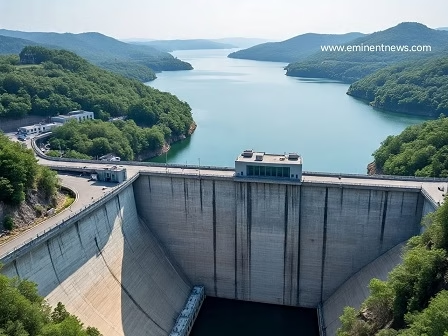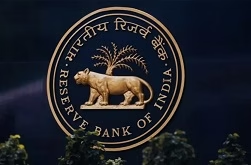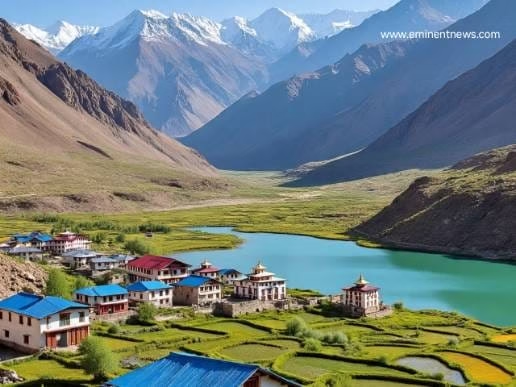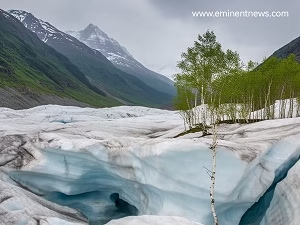Recently Sikkim govt has urged the union govt to consider restricting Mountaineering activities on Mt Khanchendzonga ,acknowledging its Profound reliogious significance to the indigenious communities of the state
About Moutntain Khanchendzonga :
Mount Khangchendzonga, also spelled Kangchenjunga, is the world’s third-highest mountain, rising to an elevation of 8,586 meters (28,169 feet) .
- Location: It is situated in the eastern Himalayas, on the border between Sikkim, in northeastern India, and eastern Nepal . Khangchendzonga lies 74 km (46 miles) north-northwest of Darjeeling, Sikkim .
- The Khangchendzonga Massif: The mountain is part of the Great Himalaya Range, and its massif is shaped like a gigantic cross with arms extending north, south, east, and west . The massif includes five distinct peaks rising above 8,000 meters .
- Name Origin: The name “Khangchendzonga” comes from four words of Tibetan origin, traditionally rendered as Kang-chen-dzo-nga, which in Sikkim is interpreted as the “Five Treasuries of the Great Snow” . These “five treasuries” are believed to contain sacred books, precious stones, invincible armor, salt, and medicine .
- Geological Composition: Khangchendzonga is composed of rocks dating from the Neoproterozoic (late Precambrian) to the Ordovician periods, approximately 445 million to 1 billion years ago . The mountain and its glaciers experience heavy snowfall during the summer monsoon and lighter snowfall in winter .
- Glaciers: Four main ridges connect Khangchendzonga’s individual summits to neighboring peaks, from which four glaciers flow: the Zemu (northeast), the Talung (southeast), the Yalung (southwest), and the Khangchendzunga (northwest) .
- Cultural Significance: Mount Khangchendzonga holds an important place in the mythology and religious rituals of the local inhabitants . The mountain and its natural features are revered across several cultures and religions . Local people in Sikkim revere the region surrounding Mount Khangchendzonga as Mayel Lyang, while in Tibetan Buddhism, it is known as a beyul (sacred hidden land) . The mountain is considered the abode of Sikkim’s guardian deity, Dzonga .
- Exploration History: The first known map of Khangchendzonga was made by Rinzin Namgyal, a 19th-century explorer . Sir Joseph Hooker, a botanist, was the first European to visit and describe the region in 1848–49 .
- Climbing History: Early attempts to climb Khangchendzonga faced many challenges, and several expeditions ended in fatal accidents, giving the mountain a reputation for being unusually dangerous . In 1955, a British expedition led by Charles Evans made the first successful ascent of Khangchendzonga, stopping a few yards short of the summit out of respect for the religious beliefs of the Sikkimese .
- Khangchendzonga National Park: To the east of the mountain lies Khangchendzonga National Park in Sikkim, a mountain wilderness with diverse flora and fauna, including the snow leopard, musk deer, Asiatic black bear, and red panda . The park has an extraordinary vertical range of over 7 kilometers, from 1,220m to 8,586m, and it encompasses a unique diversity of plains, valleys, lakes, glaciers, and snow-capped mountains covered with ancient forests . The park is a UNESCO World Heritage Site, recognized for both its natural and cultural significance .for State news click www.eminentnews.com

























